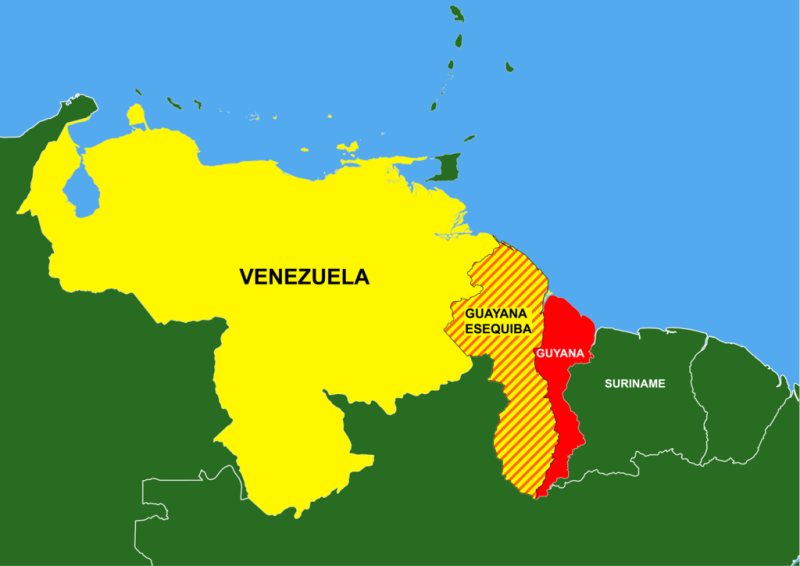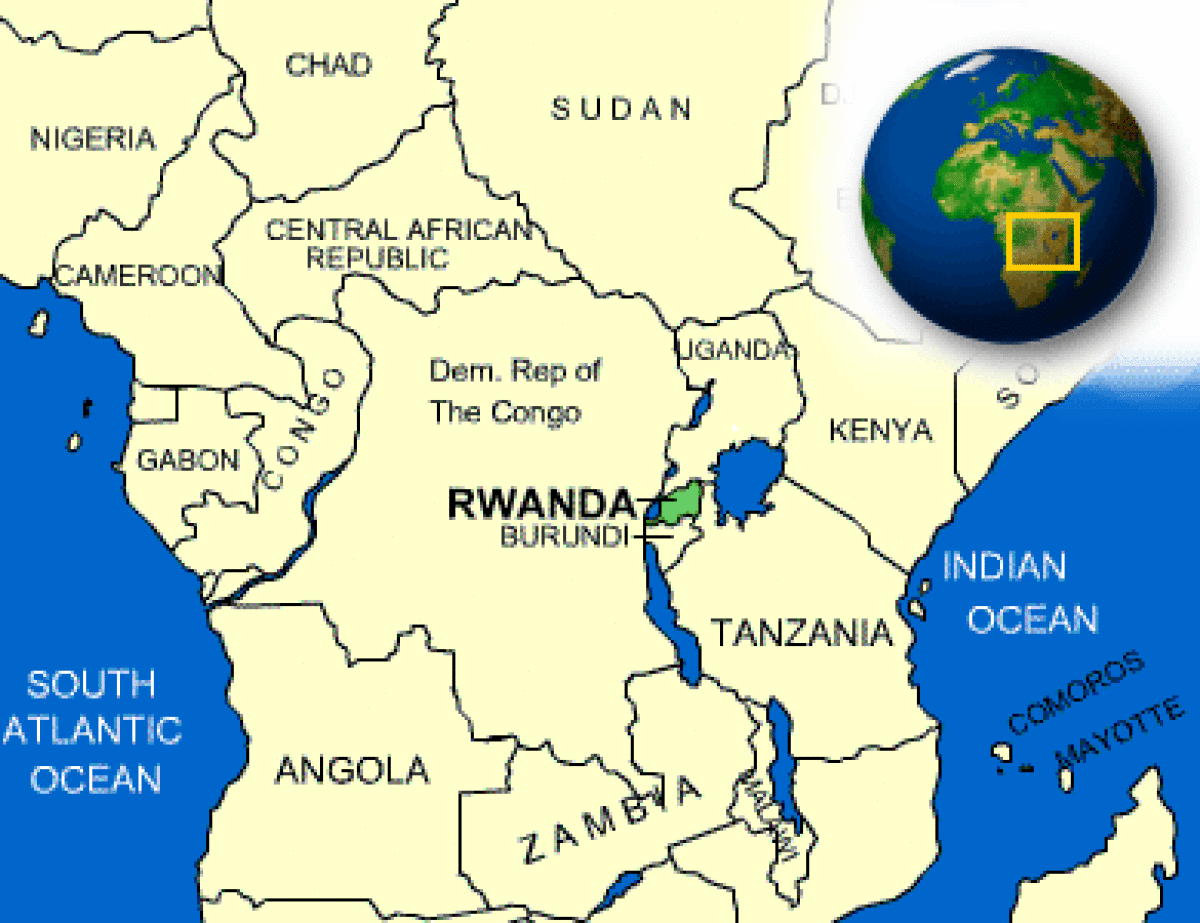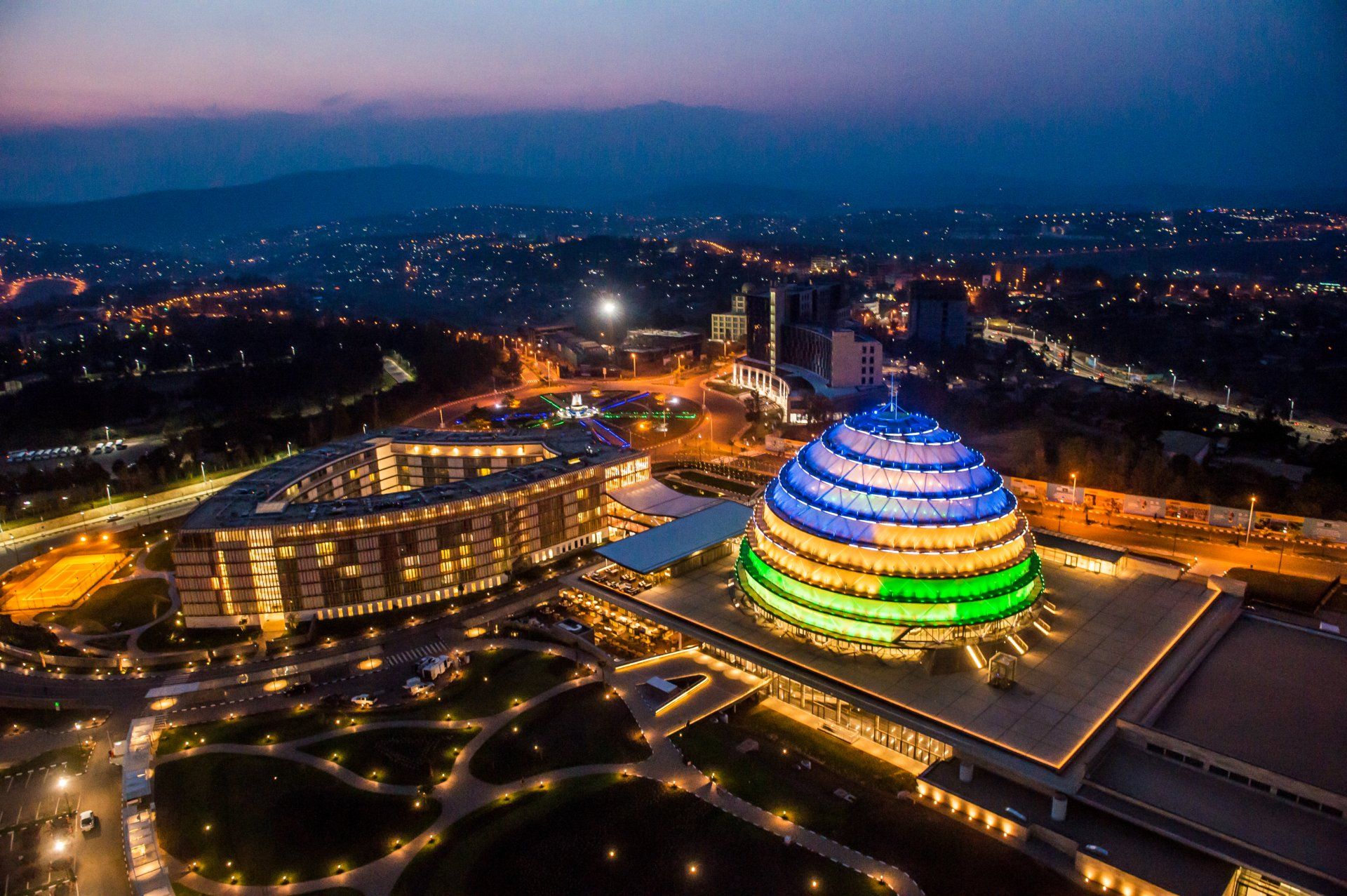Predicting which national economies might achieve double-digit growth rates over the next decade is challenging, as sustained growth at such high levels (10% or more annually) is rare and typically occurs in specific circumstances, such as in small, resource-driven economies or emerging markets undergoing rapid transformation. Based on available data and economic analyses, no major economy is consistently projected to maintain double-digit GDP growth over the next 10 years, as even fast-growing economies like India and China are expected to see growth rates below 10%. However, certain smaller or emerging economies could approach or occasionally hit double-digit growth under favorable conditions. Below is an outline for the economies best poised for high growth (potentially nearing or exceeding 10% in some years), the reasons behind their potential, and the key indicators to watch.
- Guyana
- Why: Guyana has been the world’s fastest-growing economy in recent years, with GDP growth rates exceeding 30% in some years, driven by massive offshore oil discoveries. Oil production, currently at 650,000 barrels per day and growing, has transformed Guyana from one of Latin America’s poorest nations to a potential regional powerhouse. If managed effectively, oil revenues could fund infrastructure, diversification, and social programs, sustaining high growth. However, the "resource curse" (mismanagement, corruption, or over-reliance on oil) poses a significant risk.
- Indicators:
- Oil Production and Revenue: Continued expansion of oil output and global oil prices will drive GDP growth. Monitor ExxonMobil-led projects and new oil field developments.
- Fiscal Management: Effective use of oil revenues for infrastructure and diversification (e.g., agriculture, tourism) is critical. Transparency in sovereign wealth fund management is a key metric.
- Political Stability: Stable governance and avoiding authoritarian tendencies will support investor confidence.
- Economic Diversification: Efforts to reduce dependence on oil, such as investments in manufacturing or services, will determine long-term sustainability.
- Ethiopia
- Why: Ethiopia has shown sustained high growth (around 8–10% annually in recent decades) due to infrastructure development, agricultural modernization, and a push to become a manufacturing hub. Despite challenges like ethnic violence and climate risks, government policies encouraging private-sector investment and industrialization could push growth toward double digits in some years, especially if regional stability improves.
- Indicators:
- Infrastructure Investment: Progress in projects like the Grand Ethiopian Renaissance Dam and transport networks will boost productivity.
- Foreign Direct Investment (FDI): Increasing FDI in manufacturing and textiles signals investor confidence.
- Agricultural Productivity: Improvements in crop yields and food security will support rural economies.
- Political and Social Stability: Resolving ethnic conflicts and maintaining policy consistency are crucial for sustained growth.
- Rwanda
- Why: Rwanda has achieved robust growth (around 7–8% annually) through strong governance, anti-corruption measures, and investments in technology and tourism. Its small size allows for agile policy implementation, and initiatives like the Kigali Innovation City could drive high growth if scaled successfully. While consistent double-digit growth is unlikely, Rwanda could approach it in years with strong tourism or tech sector performance.
- Indicators:
- Ease of Doing Business: Rwanda’s high ranking in global business environment indices reflects its investor-friendly policies.
- Tourism Revenue: Growth in eco-tourism and conference tourism (e.g., post-COVID recovery) is a key driver.
- Tech Sector Development: Investments in ICT and digital infrastructure will fuel productivity.
- Governance Quality: Continued anti-corruption efforts and political stability are essential.
- India (Potential for Near-Double-Digit Growth)
- Why: India is projected to grow at 6–7% annually over the next decade, driven by a large working-age population, ongoing economic reforms, and massive infrastructure spending (over $100 billion annually). While not consistently hitting double digits, India could approach 10% in some years if reforms accelerate or global conditions favor its tech and manufacturing sectors.
- Indicators:
- Labor Productivity: Improvements in education and skill development will drive output per worker.
- Infrastructure Spending: Continued investment in roads, ports, and digital infrastructure will enhance economic capacity.
- FDI and Domestic Investment: Strong inflows in tech, renewables, and manufacturing signal growth potential.
- Policy Reforms: Progress in labor, land, and tax reforms will reduce business costs and boost growth.
- Base Effect: Larger economies face diminishing returns as their GDP base grows, making high percentage increases harder to achieve.
- Structural Constraints: Most economies face limits like infrastructure gaps, political instability, or external shocks (e.g., trade wars, commodity price fluctuations).
- Global Context: The IMF projects global growth at 3.3% for 2025–2026, with emerging markets growing faster (around 4–5%) but still below double digits. Advanced economies like the U.S. (1.8–2.5%) and China (4–5%) are far from double-digit territory due to mature markets or structural challenges.
- GDP Growth Trends: Historical and projected real GDP growth rates from IMF or World Bank data.
- Productivity Growth: Increases in output per worker, driven by technology, education, or capital investment.
- Investment Levels: High rates of domestic and foreign investment, especially in infrastructure and industry.
- Demographic Trends: A young, growing workforce supports higher output (e.g., India, Ethiopia).
- Policy Environment: Reforms that improve business climates, reduce corruption, and enhance trade.
- Commodity Dependence: For resource-driven economies like Guyana, monitor commodity prices and production capacity.
- Geopolitical Stability: Conflicts or trade tensions (e.g., U.S.-China tariffs) can derail growth.
- Guyana’s Exception: Guyana’s oil-driven growth is an outlier, but its small population (under 1 million) and economy amplify percentage gains. Sustaining double-digit growth depends on avoiding the resource curse.
- Volatility: Emerging markets are prone to shocks (e.g., political unrest, climate events), which can disrupt growth trajectories.
- Global Risks: Trade wars, geopolitical conflicts, or inflation spikes could lower growth forecasts globally.




